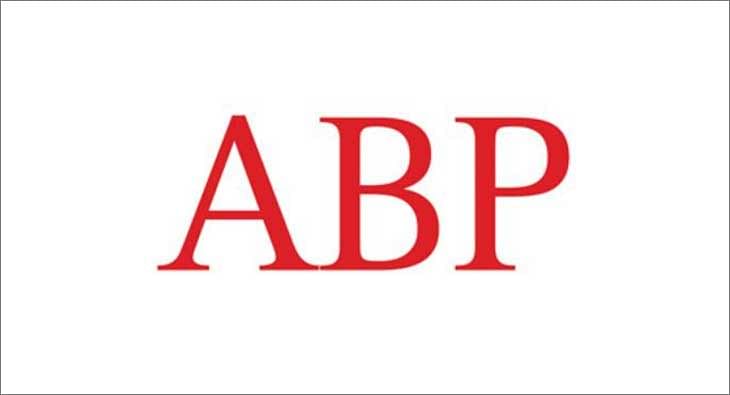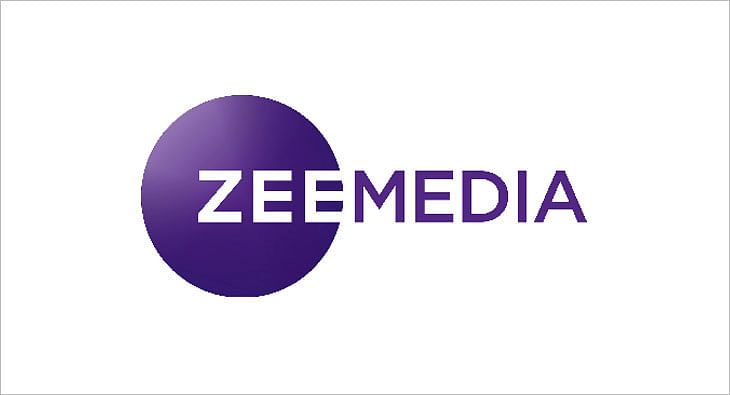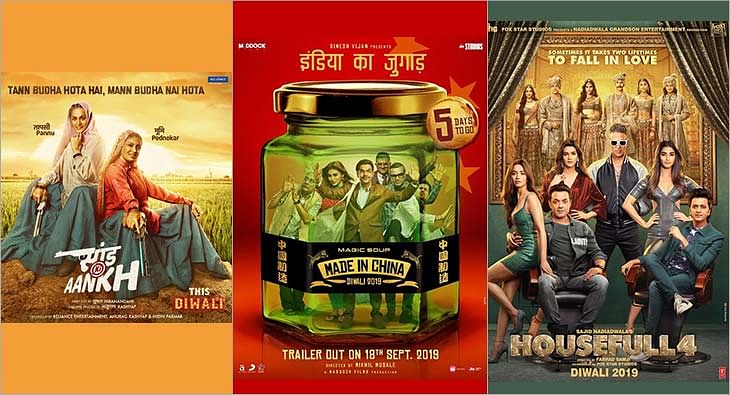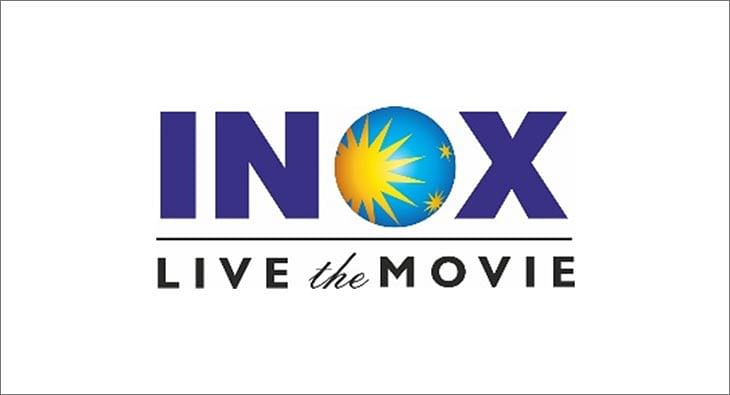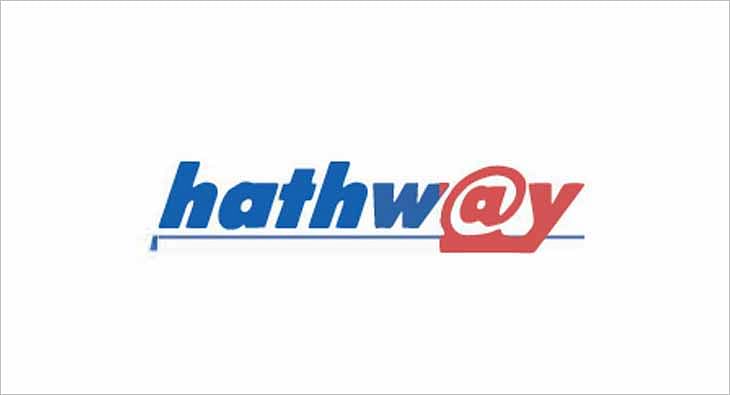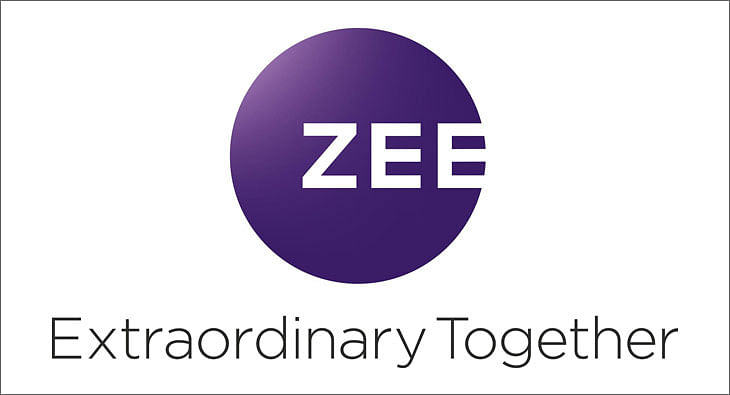Guest Column Retrofit: All OK at Tata, as auto major drives ahead with launch plans
Plagued by a sluggish economy, credit squeeze and spike in interest rates, Tata Motors is still looking ahead to launching its wonder car, Nano, in the first half of 2009. Veteran journalist Sandeep Bamzai takes a look at the steps being taken by the auto major as it picks up the pieces and revives itself from the somnolescence of a brutal economic headwind.

Financial investment planner PN Vijay has pointed out yet another boo-boo in the Economic Times, which stinks to high heaven. In his weekly jottings, which he mails to select clients, he says, “ET ran a front page lead, which stated that Tata Motors was defaulting big time on its vendor payments. This generally drew the inference that Tata Motors was in a financial jam. As expected, the share fell sharply that morning. The very next day, ET carried a clarification from the management that things weren’t as bad as had been painted in the story. And though things were tough, they were under control. The bears covered their position and the share price climbed back. Many of us pine for the old days when ET stories could be taken as the gospel truth.”
Yet another case of mischievious journalism, maybe even connivance with bear operators. There is no substantive evidence for me to highlight this, but I am conjecturing on the basis of the scenario that Vijay has mentioned. The circumstantial evidence though is weighed in the favour of the bear cartel using ET to punt on the stock. Agreed that most large companies are in a spot of strife. In fact, all is not kosher at some of the A list Indian companies, which have made big ticket acquisitions in the recent past. I decided to check the facts myself about the state of Tata Motors financial health. And while the numbers don’t make a pretty picture, the company has shown in the past that it has the necessary wherewithal, resilience and expertise to rebound. It has done so in the past.
Credit squeeze and spike in interest rates has seen the company’s sales decelerate alarmingly, particularly on the light, medium and heavy commercial vehicle front. I decided to ask Ravi Kant, Managing Director, Tata Motors, for some answers. And he was sincere in his responses. He said, “Liquidity for consumers and corporates has to be made available at cheaper rates post haste. The withdrawal of credit has acted as the biggest impediment. Economic activity has come to a standstill across many sectors – cement, sand and steel for starters – and this is proving to be infrastructure’s bugbear. The downward spiral in demand had become most acute and there came a time recently when big trucks were down 70 per cent, M & LCVs 35 per cent and the smaller commercial vehicles as much as 20 to 25 per cent. This was scary.”
New product launches have worked wonders for the passenger car segment, the i10 for Hyundai, SX4 and A-Star for Maruti, Vista for Tata Motors and even the Linea for Fiat. Over the last month or so, sharp cuts in petro product prices and downturn in the interest rate cycle is allowing some breathing space, but demand destruction was so severe that it will take a couple of months for the uptick to begin. In this environment, all eyes are now on Tata Motors and its wonder car, Nano’s, launch. After all the problems at Singur in West Bengal, the plant’s move to Sanad in Gujarat has the world watching every move. The world’s cheapest car is the cynosure of all eyes. Ravi Kant explained the imperatives going forward, “It will take over a year for the new plant to get started. We have made an interim arrangement in Uttarakhand and we will expose the Nano to the consumer in the first half of 2009 from that plant. But we will be able to launch a smaller number only, enough to whet the appetite, but not satisfy the hunger of the customers. The world is watching and we have to deliver.”
With domestic demand drying up, Tata Motors’ problems got accentuated with its $2.1 billion acquisition of the fabled Jaguar Land Rover brands. The world was confounded – how can the manufacturer of cheap diesel cars hope to run marquee names like Jag and Land Rover – was a question doing the rounds. But that was then and this is now. The world economic environment has altered so dramatically over the last 6-8 months that all the companies which had made leveraged buyouts using high cost debt have had to scurry for cover. Tata Motors being one of them. So, how does one manage the contradiction of owning a low cost diesel car, as also the cheapest car in the world and at the same time own luxe brands like the Jag and Land Rover?
Apparently, the Jaguar XF launch has received a good response and while Jag is growing, Land Rover sales are down. Ravi Kant added, “The new variant, XFR, was launched at the Detroit Motor Show. This calendar year we are looking at launching the Jag in India. We have done a market survey and once the inputs are in, we will decide which model. The Jag management will have a say in it.” Interestingly, Ravi Kant realises the onerous responsibility that rests on Tata Motors’ shoulders. He says, “It weighs heavily, we have to do well on both fronts – Tata Motors in India with Nano and JagLR in the West. Ratan Tata is a man who constantly challenges himself and his organisation. He is leading the intent.” Ratan Tata created a brand out of nothing, he made the transition from a commercial vehicle to a passenger car manufacturer. Next stop in this journey was the acquisition of big auto brand names JLR. Now it is time to step up to the plate again.
At the same time, Tata Motors is also readying to unveil its new premium sedan and wants to make the Sumo Grande realise its potential. Priority is to put together funding requirements for JLR at this juncture. Ravi Kant says, “So far, we have arranged funds on a week to week basis, but now JLR is taking steps to tighten its belt, adapt to new realities and Tata Motors is assisting them in this endeavour. Management is trying its best to trim the sails wherever it can. We are exposing one to the other (Tata Motors to JLR), transposing learnings, looking at IT availability, purchasing requirements and looking at different elements in the food chain.”
While the two companies continue to be run as separate businesses, back end processes and methodologies are being synthesised for better returns. This is the mantra at Tata Motors as it begins to pick up the pieces, revives itself from the somnolescence of a brutal economic headwind.
(Sandeep Bamzai is a well-known journalist who started his career with The Statesman in Kolkata in 1984. He has held senior editorial positions in some of the biggest media houses in three different cities - Kolkata, Mumbai and New Delhi - with The Indian Express, Illustrated Weekly, Sunday Observer, Dalal Street Journal, Plus Channel where he ran India's first morning business show on Doordarshan, The Times of India Group, Business India, Hindustan Times and Reliance Big Entertainment. Starting his career as a cricket writer, he graduated to becoming a man for all seasons under Pritish Nandy, who he considers as the premier influence on his career. Since he studied economics at Calcutta University, Bamzai decided in 1993 to branch out into business and financial journalism. Familiar with all three media, he is the author of three different books on cricket and Kashmir.)
Read more news about (internet advertising India, internet advertising, advertising India, digital advertising India, media advertising India)
For more updates, be socially connected with us onInstagram, LinkedIn, Twitter, Facebook Youtube & Whatsapp
You May Also Like
HT Media posts Consolidated Total Revenue of Rs 580 crore in Q2
Chairperson and Editorial Director Shobhana Bhartia says due to lower commodity prices and control on costs there has been an improvement in operating profit
HT Media has posted a Consolidated Total Revenue for Q2, 2020 at Rs 580 crore.
As per a statement released by the company, EBITDA for Q2’20 increased by 139%, and margins at 14% vis-à-vis 6% in previous year. This has been driven by softening of newsprint prices and continued focus on cost.
The Net Cash position at a consolidated level continues to be strong.
The Print ad revenue has declined due to sluggish volumes, even as yields have improved. National advertising continues to be soft, although local advertising witnessed growth.
Savings in raw material costs have driven improvement in EBITDA margins.
Chairperson and Editorial Director Shobhana Bhartia said, “Slowing economic growth has hit advertising spends in key categories, putting pressure on revenues across the media industry. As a result, our Print and Radio (on like to like basis) businesses saw revenues dip as compared to a year-ago. However, thanks to lower commodity prices and a tight control on costs, we saw an improvement in our operating profit. On the digital front, Shine, our online recruitment portal has shown good progress and continues to grow. Our outlook for the coming quarter remains cautious, given overall economic sentiment and macroeconomic trends. Cost-control and falling commodity prices should help protect our margins.”
Read more news about (internet advertising India, internet advertising, advertising India, digital advertising India, media advertising India)
For more updates, be socially connected with us onInstagram, LinkedIn, Twitter, Facebook Youtube & Whatsapp
ABP Group posts Rs 15.70 crore as net profit in Q1 FY20
The group’s total operating income stands at Rs 365.55 crore
ABP Group has posted a net profit of Rs 15.70 crore in the first quarter of FY20, as per media reports.
The group’s total operating income stands at Rs 365.55 crore.
It’s net profit for the fiscal ended March 31, 2019, was down 68% to Rs 31.90 crore compared to the previous fiscal.
The Profit Before Interest Lease Depreciation and Tax (PBILDT) has also dropped 53.52% to Rs 107.12 crore.
The group has six news channels - ABP News (Hindi), ABP Ananda (Bengali) ABP Majha (Marathi) and ABP Asmita (Gujarati), ABP Sanjha (Punjabi) and ABP Ganga (Hindi).
Read more news about (internet advertising India, internet advertising, advertising India, digital advertising India, media advertising India)
For more updates, be socially connected with us onInstagram, LinkedIn, Twitter, Facebook Youtube & Whatsapp
Zee Media posts consolidated revenue of Rs 137.03 crore for Q2 FY20
ZMCL has recorded 4.4% growth in operating revenue for first half of FY20
Zee Media Corporation Ltd (ZMCL) has posted a 4.4 per cent growth in operating revenue to Rs 337.6 crore in the first half of FY20, as per media reports.
It has reported a consolidated revenue of Rs 137.03 crore for Q2 FY20.
In a statement, ZMCL has said: “During the quarter, the network expanded its footprint s into Southern India through the launch of Zee Hindustan in Tamil and Telugu languages. This is intended to make the network's content accessible to wider audience.”
The operating expenditure in Q2FY20 has dropped by 21.7 per cent.
The statement further said: “EBITDA for HlFY20 improved by 34.1 per cent to Rs 1,029 million from Rs 767.5 million EBITDA for H1FY19, while the same declined by 9.4 per cent to Rs 370.2 million from Rs 408.7 million for the corresponding period last financial year. EBITDA Margin grew from 23.7 per cent in H1FY19 to 30.5 per cent in HlFY20, while growing from 24.2 per cent in Q2FY19 to 27 per cent in Q2FY20.”
Read more news about (internet advertising India, internet advertising, advertising India, digital advertising India, media advertising India)
For more updates, be socially connected with us onInstagram, LinkedIn, Twitter, Facebook Youtube & Whatsapp
No slowdown here: In-cinema ad rates up by at least 50% for 3 big Diwali releases
Housefull 4, Made In China and Saand Ki Aankh ready to hit the silver screen this week, with the hopes of giving brands the eyeballs they look for in theatres
It’s that time of the year again when theatres gear up to pocket maximum gains. Diwali is here and there are three films ready to hit the silver screen this week--Housefull 4, Made In China and Saand Ki Aankh. The festive period brings much joy to exhibitors, distributors and theatre owners because it ensures footfalls, giving brands the eyeballs they look for. In fact, industry experts don’t feel that economic slowdown this year has impacted in-cinema advertising. While they are concerned about three movies clashing during Diwali, they predict 50-100 per cent rise in ad rates during this period.
Advertising moolah
Mohan Umrotkar, CEO, Carnival Cinemas, is expecting 60-70 per cent surge in advertisement topline compared to last year. “Going by the buzz and advance booking for these three releases, market is bullish. Advertisers have blocked most of the advt-slots during the festival period. Housefull 4, Made In China and Saand Ki Aankh all combined together should generate around Rs 350 crore topline at the box office during the festival week. We are expecting 60-70 per cent surge in the advertisement topline from last year. Also, this year we have added around 14 per cent new advertisers, and 4 per cent of them are first-time cinema advertisers,” he says.
But according to Siddharth Bhardwaj, Chief Marketing Officer - Head of Enterprise Sales, UFO Moviez, things have changed a lot in the last couple of years. “Since some films have not really lived up to their expectation, advertisers are spreading the spends all through the year. They are picking up far more number of titles in the year rather than focusing only on Diwali or Eid.”
“It is good for the industry because you can monetise the inventories beyond just big weeks. A lot of content- driven films have come up which has given us the opportunity to monetise more markets. It has put lesser pressure on Diwali. Most of the cinemas are sold out for Diwali. It becomes difficult to accommodate everything,” Bharadwaj opines. He also reveals that for this week, the inventories are already full.
Diwali ad rates
Experts reveal that ad rates differ from property to property and depends on location as well. But Diwali surely sees a massive hike in rates. This year, theatre owners are expecting 100 per cent rise in ad rates. While Umrotkar revealed that for Diwali, they are charging 100 per cent higher than the regular card rates, Girish Johar, trade analyst and film producer, shared that even the rates for putting up kiosks of brands go up during festivals like Diwali.
“It’s based on property. On a ballpark, ad rates double up. So if you are putting up a kiosk, they charge say Rs 50,000-25,000 for a month. During Diwali, they charge almost double because of the kind of footfalls theatres witness,” Johar revealed.
Economic slowdown? Not for Cinema!
This year, brands have been pulling back their spends on other mediums due to economic slowdown, but cinema seems unaffected. Calling entertainment business recession-proof, Johar explains, “If you see the other side, box office is up by 15-20 per cent. Yes, it is a bit subdued because the brands are in a wait-and- watch scenario. They are increasing their focus around consumption rather than awareness.”
Bharadwaj too seconded it by saying, “These are challenging times but our medium is very efficient. If you see economy has slowed down, but the cinema has grown instead.”
Clash cover
Three movies are clashing this Diwali which means shared screens and box office gains.
“It’s never good for us when two or more big-ticket films release together. If they would have come on different dates, there are chances that more advertisers will take advt. inventory in those weeks separately instead of that one particular week,” shares Umrotkar.
Read more news about (internet advertising India, internet advertising, advertising India, digital advertising India, media advertising India)
For more updates, be socially connected with us onInstagram, LinkedIn, Twitter, Facebook Youtube & Whatsapp
INOX Leisure Ltd sees 42% growth in total revenue
Profit After Tax up 327% to Rs 51 crore
INOX Leisure Ltd (INOX) has reported financials for the second quarter ending September 2019.
Its total revenue has risen to Rs 524 crore with a 42% growth from Rs 369 crore in the corresponding quarter in FY19. Its EBITDA has more than doubled to Rs 107 crore with a 121% growth, while the PAT stood at an impressive Rs 51 crore, up 327% from previous year’s second quarter.
Siddharth Jain, Director, INOX Group, said: “At INOX, setting new benchmarks is now a routine, thanks to our consistently sharp focus on luxury, service and technology and our uncompromised desire to offer our patrons, nothing but the latest and the best! We are delighted with our remarkable consistency on all parameters, and we are sure about maintaining the momentum and focus on innovativeness. Content once again proved that why we term it as the ‘hero’. Thanks to the creators of such spellbinding movies, which keep inviting our guests to our properties, and allowing us to pamper them with our signature hospitality. With the launch of Megaplex, we are delighted to further our endeavor of developing experience-driven cinema destinations of global standards, and we will continue to do so. On behalf of Team INOX, I assure all our stakeholders that we will continue to break barriers and exceed all expectations.”
Read more news about (internet advertising India, internet advertising, advertising India, digital advertising India, media advertising India)
For more updates, be socially connected with us onInstagram, LinkedIn, Twitter, Facebook Youtube & Whatsapp
Hathway Cable & Datacom reports 100% subscription collection efficiency in Q2
The broadband subscriber base has increased from the previous quarter’s 840,000 to 860,000
Hathway Cable and Datacom has reported subscription collection efficiency at 100%, and the broadband subscriber base has increased from previous quarter’s 840,000 to 860,000 in quarter ending September, as per media reports.
It has narrowed its consolidated net loss by 74% and the operating EBITDA has been reported 15% up to Rs 107.5 crore compared to Rs 93.1 crore a quarter ago.
The total income has dropped 2%, while the expenditure is down 6%.
In the financial results, the company has said the FTTH markets are leading growth in customer acquisition.
Read more news about (internet advertising India, internet advertising, advertising India, digital advertising India, media advertising India)
For more updates, be socially connected with us onInstagram, LinkedIn, Twitter, Facebook Youtube & Whatsapp
ZEEL posts 7.4% YoY growth in total revenue for Q2 FY20
ZEEL's domestic advertising revenue has grown 1.4% YoY in Q2FY20
Zee Entertainment Enterprises Limited (ZEEL) has reported a consolidated revenue of Rs 2,122 crore for the second quarter of FY20, recording a growth of 7.4% on YoY basis.
The Earnings Before Interest, Tax, Depreciation and Amortization (EBITDA) was recorded as Rs 692.9 crore with an EBITDA margin of 32.7%. PAT for the quarter was Rs 413.2 crore. The Profit After Tax (PAT) for the quarter was Rs 413.2 million, with a growth of 6.9% YoY.
During the second quarter, ZEEL’s consolidated advertising revenue grew by 1.2% YoY to Rs 1,224.7 crore. The domestic advertising revenues grew by 1.4% YoY to Rs 1169 crore.
ZEEL has posted 26.8% YoY growth in Q2FY20 domestic subscription revenue. ZEEL’s consolidated subscription revenue grew by 19.0% to Rs 723.5 crore during the quarter.
ZEEL’s total expenditure in Q2FY20 stood at Rs 1429.1 crore, higher by 9.9% YoY compared to Q2FY19.
While ZEE5 recorded a peak DAU (Daily Active User) base of 8.9 million in September 2019, ZEE5 users watched an average of 120 minutes of content on the platform in the same month.
During Q2 FY20, the television network had an all-India viewership share of 18.4%.
During the quarter, ZEEL’s international business revenue was Rs 208.2 crore. The advertising and subscription revenues for international business declined by 4.0% YoY and 21.5% YoY, respectively.
Zee Music Company has registered 7.1 billion views on YouTube in Q2.
Punit Goenka, Managing Director and CEO, ZEEL, said, “I am pleased with the performance we have exhibited during the quarter. Our entertainment portfolio continues to grow from strength to strength across all formats and maintained its leading position. Our television network has emerged stronger post the implementation of tariff order on the back of a strong customer connect and brand pull of its channels. ZEE5 continued to gain traction across audience segments and markets, driven by its compelling content library and expanding list of partnerships across the digital eco-system. This strong operating performance allowed us to deliver industry leading growth in both advertising and subscription despite the tough macro-economic environment. Domestic subscription growth of 27% has reaffirmed the value proposition our television network has built over the years. The impact of tariff order has now largely settled down and has brought increased transparency along with improved monetization. Our domestic advertising revenue growth, though significantly lower than historical trend, is higher than the industry growth. We have witnessed an improvement in ad spends through the quarter and we believe that the onset of festive season along with measures taken by the government will help revive the consumption growth.”
Read more news about (internet advertising India, internet advertising, advertising India, digital advertising India, media advertising India)
For more updates, be socially connected with us onInstagram, LinkedIn, Twitter, Facebook Youtube & Whatsapp




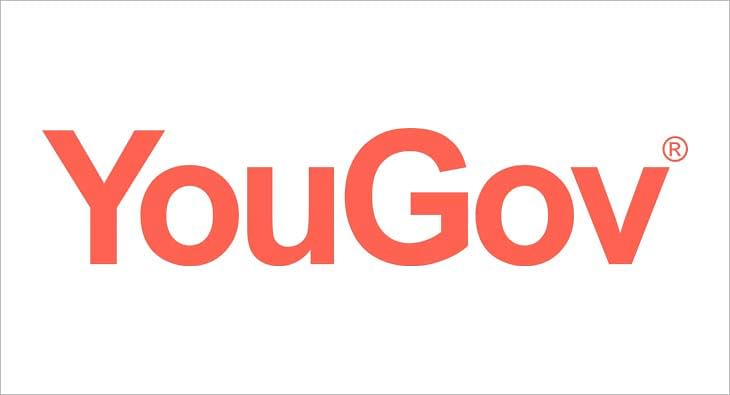
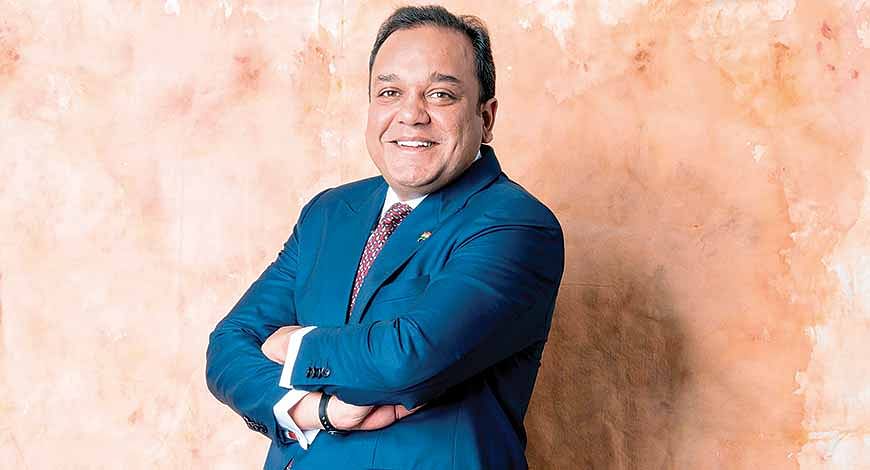
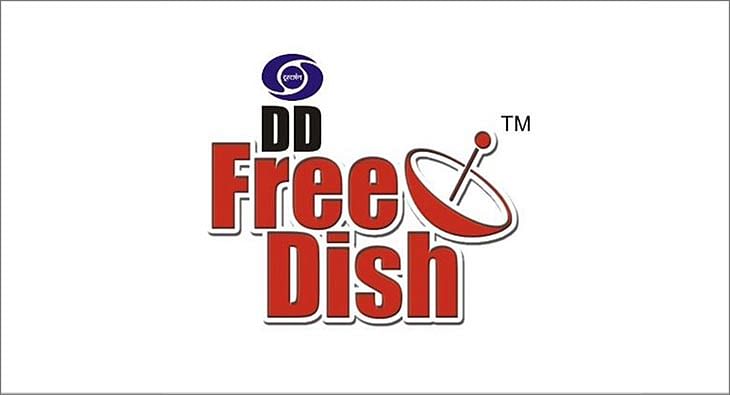







 Share
Share